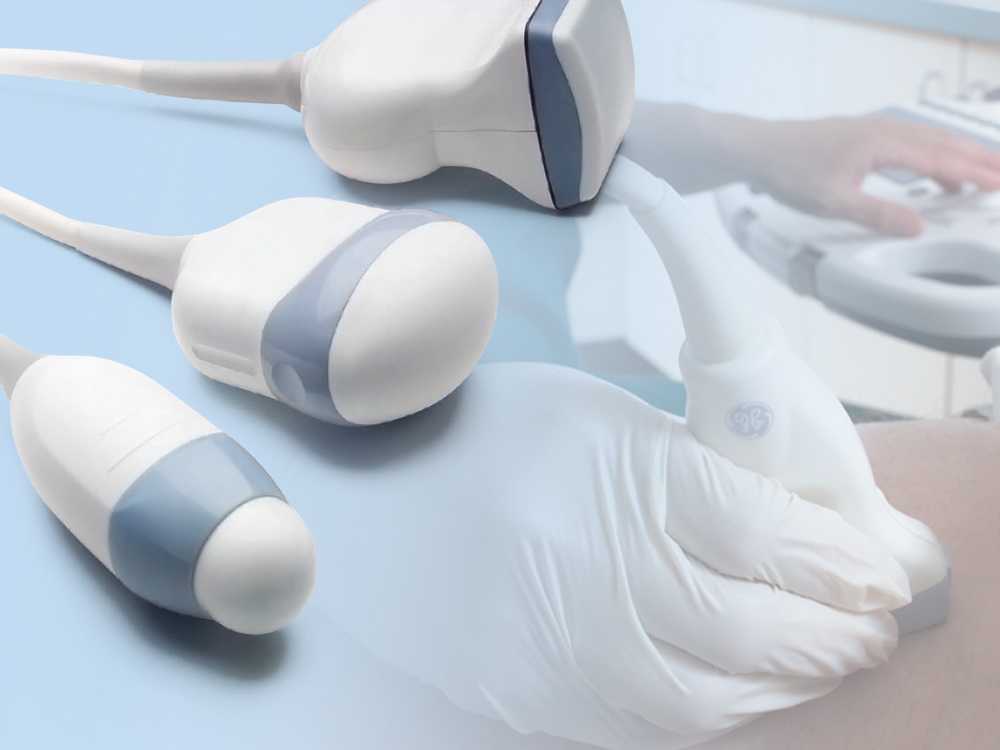The future of medical imaging, particularly with ultrasound transducer probe, looks quite promising as technology continues to evolve. Here’s a look at some exciting developments and trends in this field:
1. Enhanced Image Quality and Resolution
- Higher Frequencies: Advances in materials and technologies are allowing for higher frequency transducers, which provide better resolution images. This is crucial for detailed examinations, particularly in small or complex structures.
- Advanced Processing Algorithms: Improved algorithms for image processing and reconstruction enhance the clarity and diagnostic value of ultrasound images.
2. Miniaturization and Portability
- Handheld Devices: Development of compact, handheld ultrasound devices is making imaging more accessible and convenient. These devices can be used in remote or underserved areas, providing immediate diagnostic capabilities.
- Integration with Mobile Technology: Ultrasound transducers are being integrated with smartphones and tablets, making it easier for practitioners to conduct and share imaging data on-the-go.
3. Wearable and Flexible Ultrasound
- Wearable Devices: Research is ongoing into wearable ultrasound systems that could provide continuous monitoring of various conditions. These could be especially useful for chronic disease management.
- Flexible Electronics: Flexible ultrasound probes that conform to the body’s contours are being developed. These could enhance comfort and accuracy, particularly in difficult-to-image areas.
4. Artificial Intelligence (AI) and Machine Learning
- Automated Image Analysis: AI algorithms are increasingly being used to assist in the analysis and interpretation of ultrasound images. They can help in detecting abnormalities, measuring structures, and even predicting patient outcomes.
- Enhanced Diagnostics: AI can provide real-time feedback and suggestions during imaging, improving diagnostic accuracy and reducing the potential for human error.
5. Therapeutic Applications
- High-Intensity Focused Ultrasound (HIFU): This technology is being explored for therapeutic purposes, such as non-invasive surgery and treatment of tumors. It uses focused ultrasound waves to heat and destroy tissue.
- Guided Therapeutics: Combining imaging with therapeutic interventions, like drug delivery, is an area of active research. Ultrasound can be used to guide precise delivery of treatments.
6. Interoperability and Integration
- Unified Systems: Future ultrasound systems are expected to offer better integration with other medical imaging modalities and electronic health records (EHRs). This can provide a more comprehensive view of a patient’s health.
- Standardization: Efforts towards standardizing ultrasound imaging protocols and data formats can improve the sharing of information between different systems and institutions.
7. Training and Education
- Simulation-Based Training: Advanced simulation tools and virtual reality (VR) environments are being developed to train practitioners in ultrasound imaging techniques, providing a hands-on learning experience without the need for live patients.
- Remote Consultation: Telemedicine platforms are increasingly integrating with ultrasound technology, allowing for remote consultations and second opinions based on real-time imaging.
Overall, the future of ultrasound transducer probes in medical imaging promises greater precision, accessibility, and integration with other technologies. These advancements have the potential to significantly improve diagnostic capabilities, patient outcomes, and the overall efficiency of healthcare delivery.





Comments